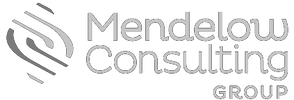 From trust falls to ropes courses to analytics and assessments, I have been working on team effectiveness for the better part of two decades. (And I am still fascinated by team dynamics!) What is it that makes one group gel, and another group fracture? This month’s CBODN Book Club discussion was on Daniel Coyle’s book The Culture Code: The Secrets of Highly Successful Groups. (Many thanks to our facilitator, Heeral Coleman.) The book looks at what makes groups successful, and Coyle presents three skills that contribute—building safety, sharing vulnerability, and establishing purpose. For a summary of the book club discussion, which includes highlights from the book and other ideas sparked by the book discussion, click here. Below, you’ll find some of my take-aways. How to Create a High-Performing Team
Please let me know what ideas or insights my short list sparks for you! Always love your feedback.
2 Comments
Phil Nimtz
7/1/2019 10:28:45 am
Thanks Laura,
Reply
7/3/2019 07:47:39 am
Great write up Laura on the Code - fostering saftey - avoiding the blame game - encouraging a sense of belonging - We are hard wired for groups and community even though its the hardest part of the work place - dealing with the dynamics and the issues of inclusion and place. The unseen dimentions of those dynamics - what social, personal and organizatonal history add to the mix - I believe is our biggest tripwire for conflict and misunderstandings.
Reply
Your comment will be posted after it is approved.
Leave a Reply. |
AuthorLaura Mendelow |
|
|
©2020. All Rights Reserved. Mendelow Consulting Group, LLC.

